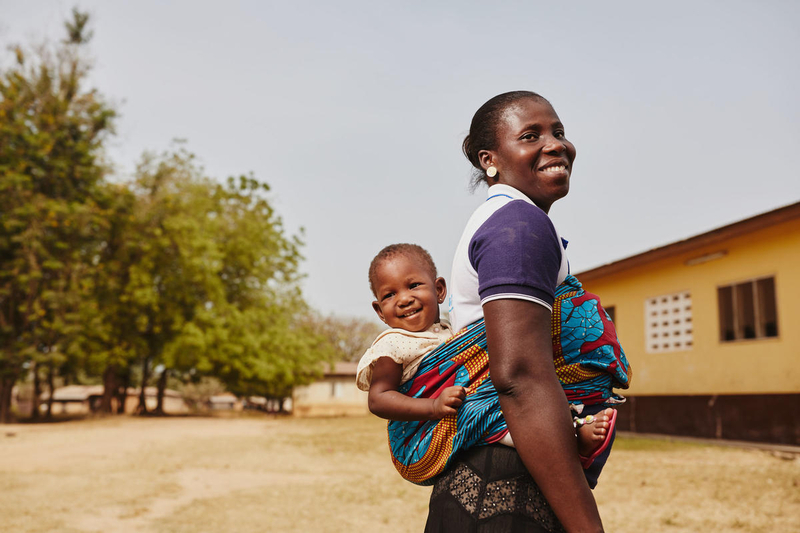What would you talk about if you got to testify to Congress? Poverty? Tax reform? Maybe something that’s near and dear to your heart?
World Vision was invited to testify about women’s health, because women face unique and disproportionate challenges in accessing quality healthcare around the world. They are also more often the primary health caregivers, making them more vulnerable to disease. This hurts more than only the women themselves — it holds entire communities back. If we truly care about ending extreme poverty (and we do!), we must care about helping women and their children get what they need to stay healthy and thrive.
You can see our entire testimony here, but after our testimony, Congress wanted to ask questions. Here are 10 questions Congress asked us about maternal and child health and our answers:
1. Why is focusing on women’s and maternal health so vital to ending poverty?
Improved health for the world’s most vulnerable people is not only a moral imperative, but a pragmatic investment for peace, security, and worldwide economic growth. By supporting women and their children with the basic information, medical support, and care to ensure safe deliveries and protection from preventable disease that they need and deserve, we are seeking fullness of life for every child.
A healthy start in life is crucial to transforming the lives of children and their families — and ending poverty as we know it.
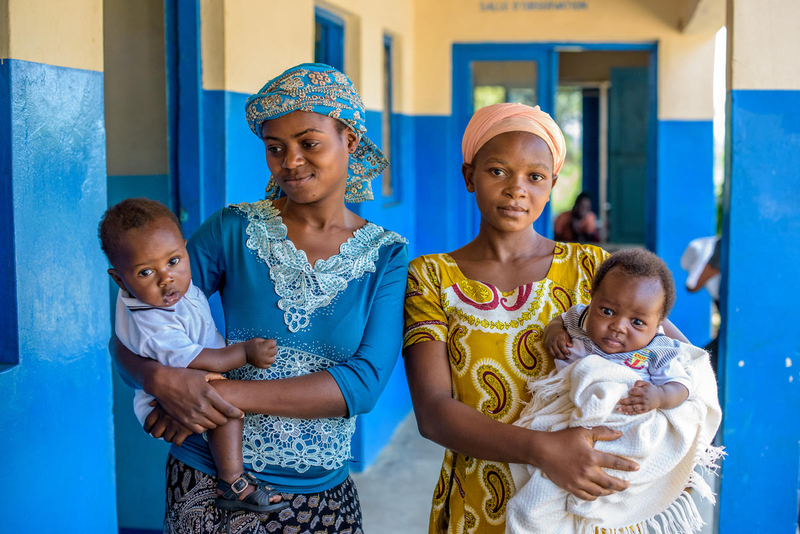
2. What improvements have we made in women’s health worldwide, and how can we increase progress?
We’ve seen significant improvements in child and maternal mortality globally; both decreased dramatically between 1990 and 2015 — maternal mortality by 44% and child mortality by 58%.
The investments of the U.S. government have been essential in this progress, and USAID is a global leader, partnering with governments to meet the health needs of their women and children. In the past ten years, USAID has helped save the lives of more than 9.3 million children and 340,000 women. By helping keep women and children healthy, these efforts are supporting countries as they work toward becoming more self-reliant.
To increase progress, the U.S. government must continue to build on its proven leadership in maternal and child health by investing in evidence-based solutions and exploring innovative ways to better address mother and child mortality. We need Congress’ continued bipartisan commitment to strong funding for programs that help women stay healthy.
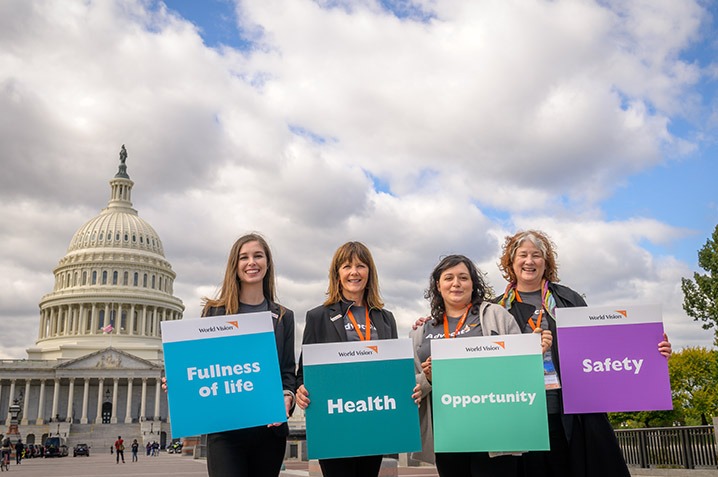
3. What are some of the unique issues women face in terms of healthcare?
One of the biggest challenges that women face globally is lack of access to equitable, respectful and quality care, particularly in reproductive health. Every day, an estimated 810 women die from preventable, pregnancy-related causes. 94% of these maternal deaths occur in developing regions, and 80% of them are preventable. And for over 800,000 babies each year, their day of birth is also their last day of life, and an additional 1 million newborns die within seven days of their birth.
Nearly one third of global under-five deaths are attributed to preterm birth complications and delivery-related events — both of which can be addressed in part with better prenatal and pregnancy care for women of reproductive age.
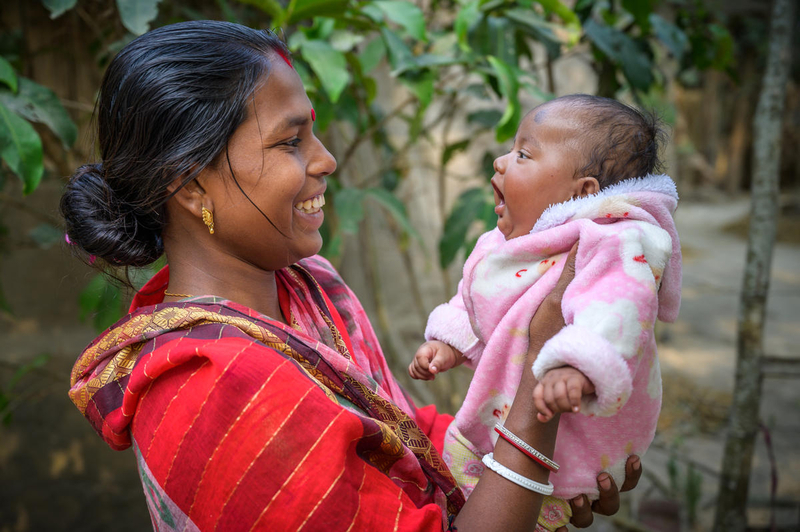
4. How does investing in maternal and child health help kids stay healthy?
It’s impossible to separate the health of a child from that of their mother — a mother’s health is the biggest determinant of an infant’s start in life. Unfortunately, we know that women face additional challenges and risks in pregnancy in the developing world, and when a mother dies in childbirth, her infant has only a 19% chance of surviving their first month. A child’s physical and cognitive development and lifetime potential are inextricably linked to their mother’s health as well as their own good health and nutrition from conception through their first years of life.
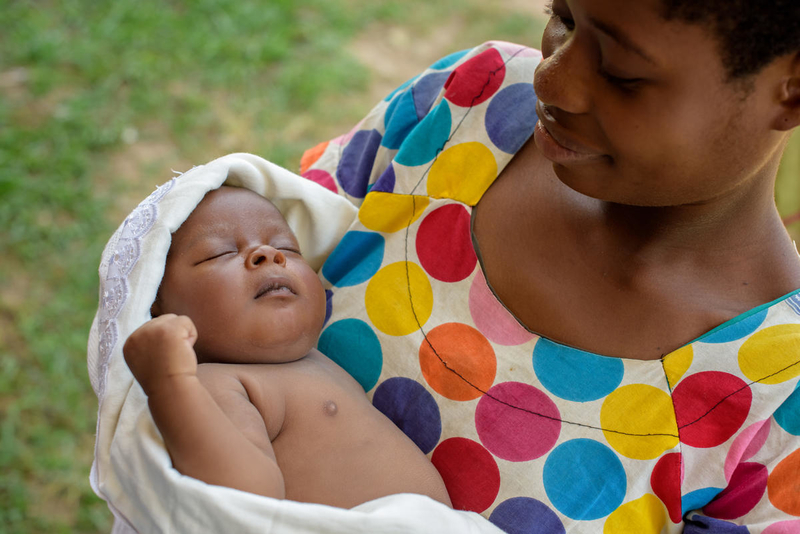
5. What are some of the ways maternal and child health is jeopardized in conflict zones or after disasters?
Already existing inequalities can compound the impacts of conflict and disasters on women and girls, and poverty often further reduces their ability to overcome added challenges. In times of conflict, women and girls are exposed to high levels of gender-based violence including child, early, and forced marriage. An estimated one in five refugee or displaced women in humanitarian settings have experienced sexual violence, a likely underestimation given the barriers associated with disclosure, and nearly two in every three maternal deaths around the world occur in countries affected by a humanitarian crisis or fragile conditions.
Attacks on health facilities also have a magnified impact for women. Women make up 70% of the global health workforce, so they are more likely to be present during an attack on a hospital or other health facility. The attacks then leave them without resources to ensure health care for themselves and their families.
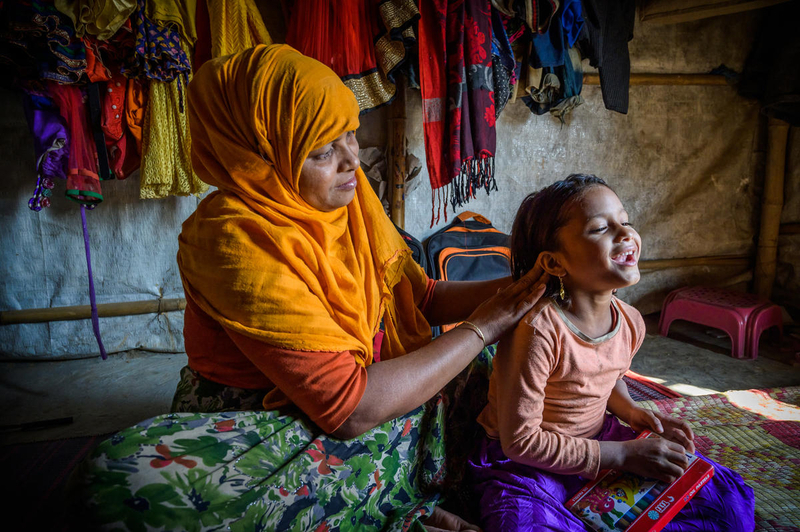
6. How does misinformation prevent women from accessing care, and how can we work with the faith community to address misconceptions that keep women from getting care?
Having access to the right services and messages at the right time can be the difference between life and death for a mother and her child. Community leaders, such as male and female religious leaders, teachers, women’s groups, elected officials, and community health volunteers have a considerable influence on societal attitudes and norms. Unfortunately, like other leaders, some faith leaders sometimes spread misinformation, creating social barriers that prevent people from visiting clinics, receiving vaccinations, and using birth spacing methods. Misguided influence can also encourage child marriage and the poor treatment of women and girls and discourage the involvement of men in maternal and child health.
Our training process, called Channels of Hope, for faith leaders replaces misinformation and stigma with truth and acceptance. Our program teaches about birth spacing and the importance of good nutrition for children and pregnant women, encourages greater involvement of men at all levels (family planning, HIV testing, health visits of mother and child, etc.), and addresses difficult issues such as HIV and gender norms.
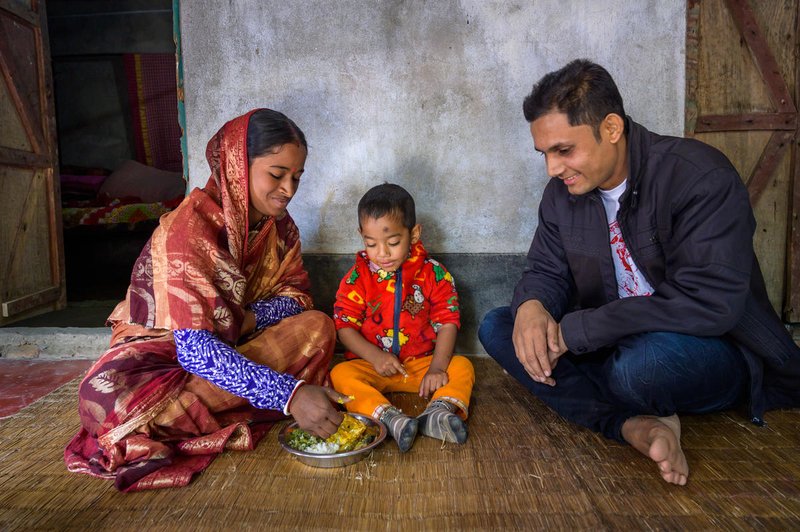
7. Is there a correlation between access to education and access to health care?
Absolutely, and World Vision has found that the lack of access to quality, inclusive education really does increase vulnerabilities, especially for girls. Being in school opens doors of opportunity for girls and can help protect girls from gender-based violence and delay marriage and pregnancy. School can also be the primary source of critical health information for girls in relation to menstrual health and hygiene or avoiding infectious diseases such as HIV and tuberculosis.
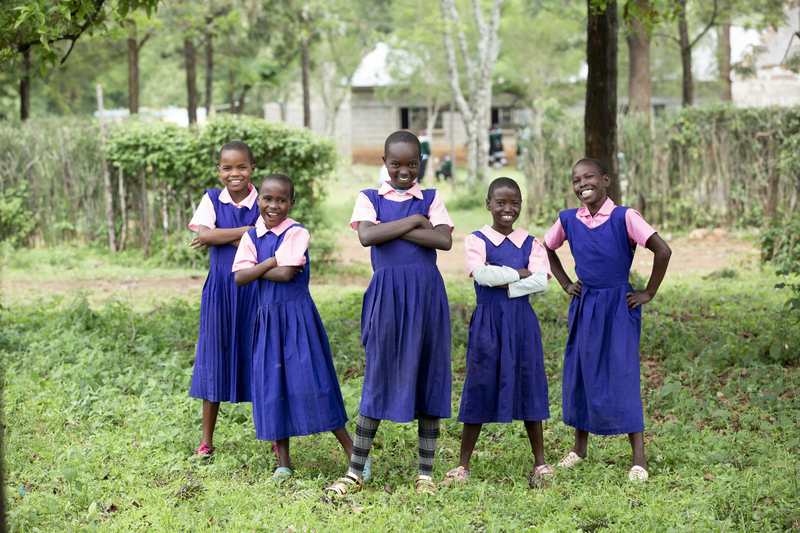
8. Why is ending child marriage essential to women’s health?
In the least developed countries, 41% of girls under 18 are already married. As young brides, girls are often pressured to become mothers very early, which puts them at risk for significant complications. Teenage girls ages 10–15 are five times more likely to die from complications during pregnancy or childbirth than women over the age of 20. In addition, child marriage often requires the bride to move away from her school, friends, and family to live in a new community or village with her husband, which can be socially isolating and harmful to her mental health.
In addition to the increased risk for these girls and young women, babies who are born to very young mothers are at significantly higher risk of dying before their first birthday. Additionally, mothers who experience depression, poverty, or violence during their pregnancy or after birth — all of which are common risk factors for teenage mothers — may struggle to provide the nurturing care a child needs to thrive. These compounding risk factors for the children of child brides pose threats to an infant’s healthy development.
Children are bearing children, and as a result, complications in pregnancy and childbirth is the leading cause of death for adolescent girls.
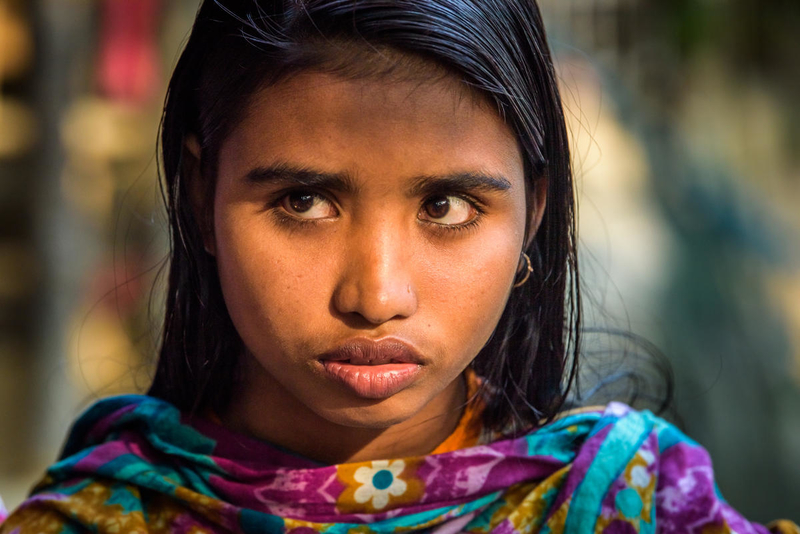
9. What are steps we can take to end child marriage?
Ending child marriage is a complex issue and requires a holistic response. We need to work with parents, teachers, faith and traditional leaders, government officials, and most importantly, girls themselves, to change harmful social norms, laws, and policies that allow child marriage to continue. We must also work to support the needs of already-married adolescent girls through increased access to quality, safe education, healthcare, and other critical services.
For more information, and to learn more about World Vision’s best practices and policy recommendations for ending child marriage, check out our 2019 report — NEW VOWS: Empowering Communities to End Child Marriage.
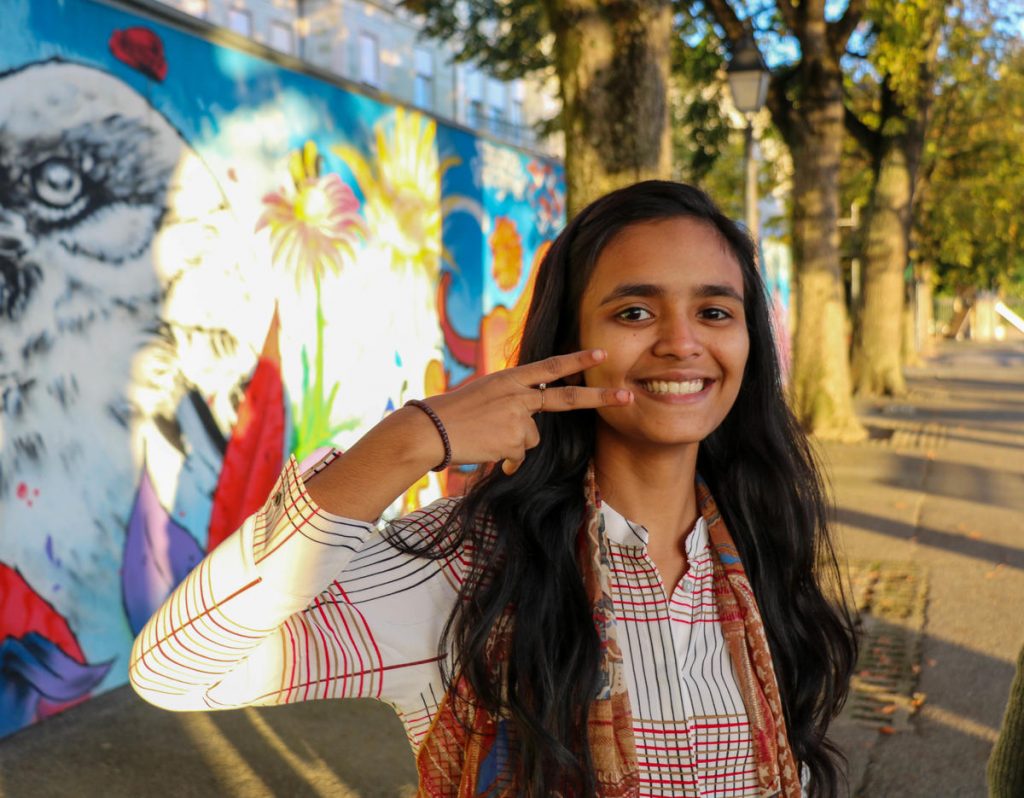
10. How could birth registration, or the lack of it, impact access to health care for women and girls?
If a child doesn’t have a birth certificate, then they may not have the ability to access education, health and social services, and possibly even employment later in life. On paper, it’s as if that child doesn’t exist, and there will be barriers that follow that child if they don’t have that simple piece of paper from the start. By not issuing birth certificates or other forms of official documentation for girls, many developing countries don’t account for the number of girls in their population either because they don’t have the capacity to do so or because they simply don’t prioritize girls.
Additionally, girls who aren’t registered at birth may also be at increased risk of child marriage because they lack documentation reflecting their age in countries where there are laws against the practice. This puts girls at a huge disadvantage throughout their lives, rendering them unable to officially participate in and benefit from formal economic, legal, and political sectors in their countries. World Vision works in key countries to ensure children have the proper documentation they need right from the start.
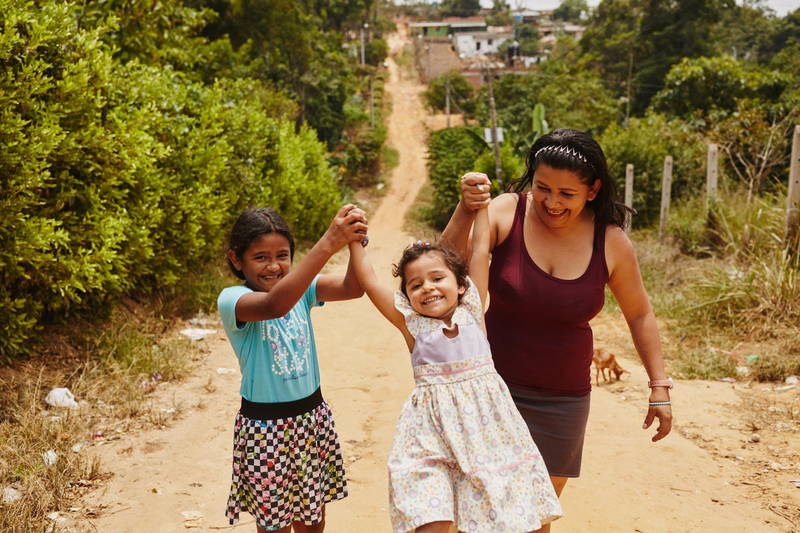
We’ve seen great progress in maternal and child health in the last 30 years, and we’re thankful that the U.S. government has been a leader in helping women and children access the care they need.
Let’s keep progress going!
Foreign assistance funds programs that provide clean water, make education accessible for children, help mothers and babies, distribute vaccines, fund humanitarian responses during disasters, and more. Because of these efforts, infant and child death rates have been cut in half in the last 25 years.
ACT NOW:
Ask Congress to support foreign assistance funding.
Top photo: A mother in Somanhyia stands in the schoolyard with a smiling baby on her back. (©2018 World Vision/photo by Ben Adams)


